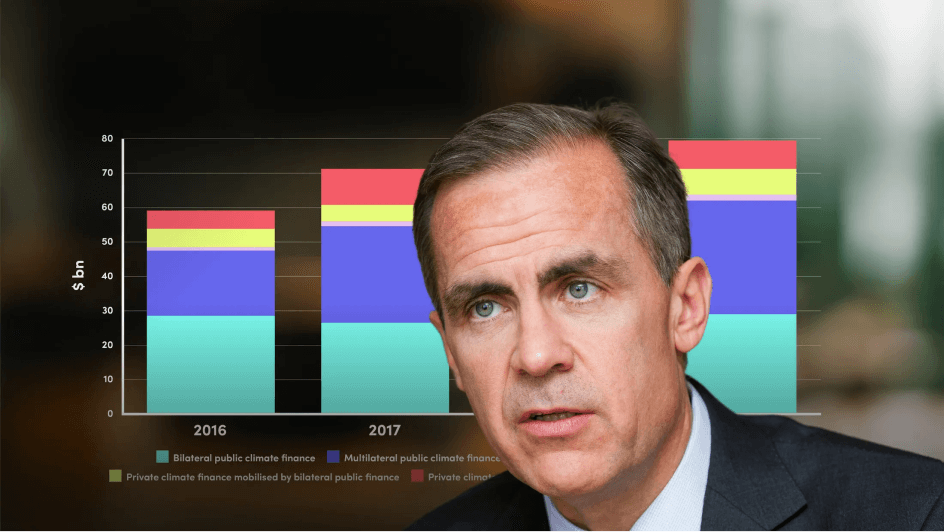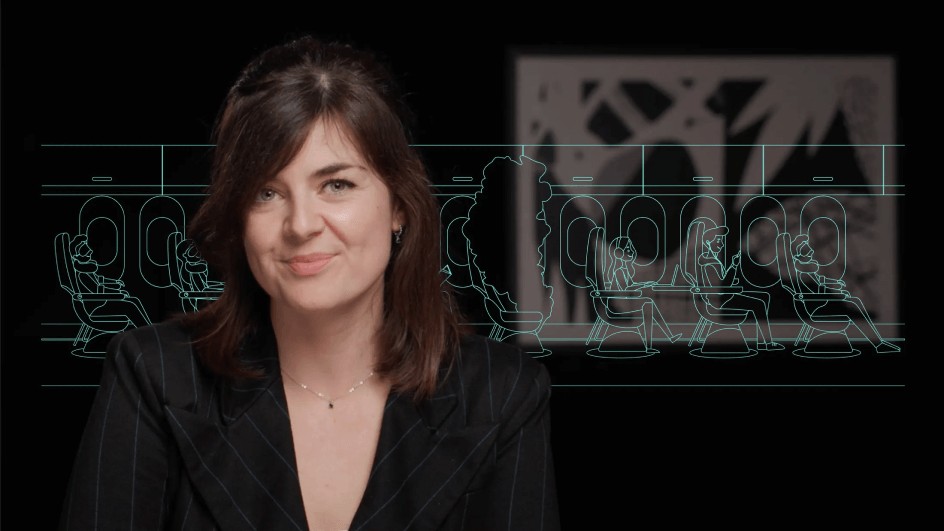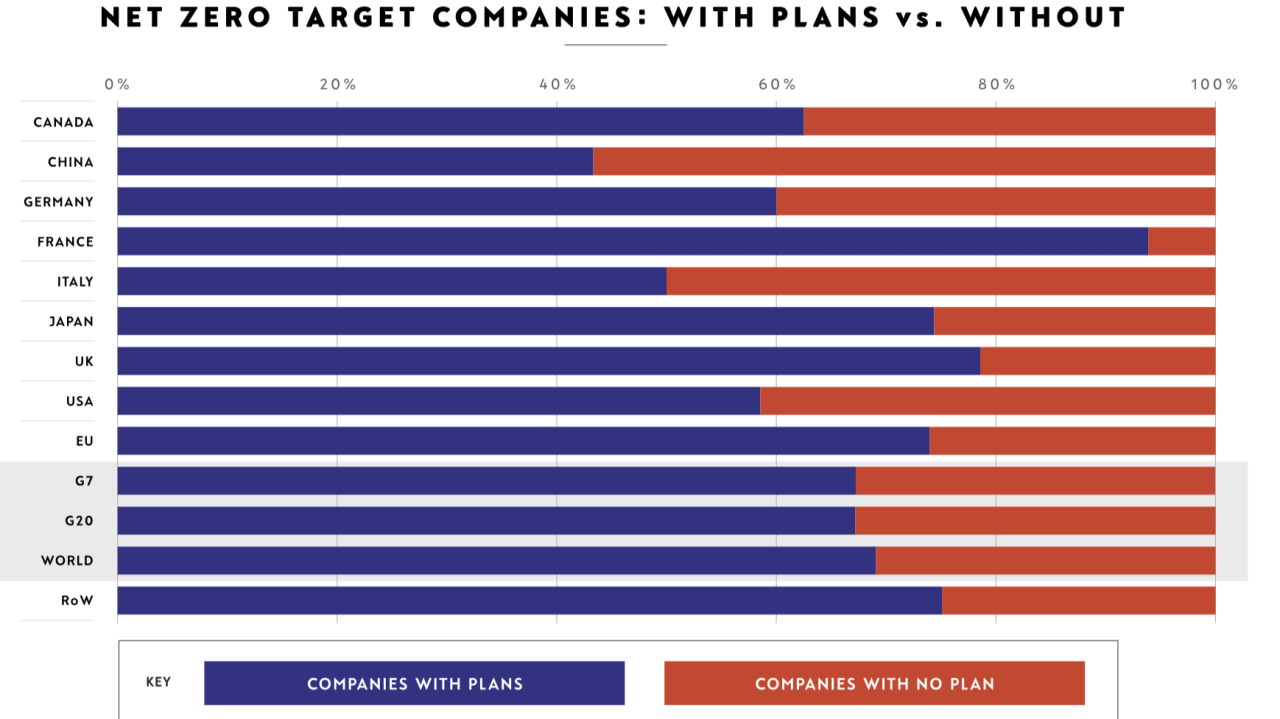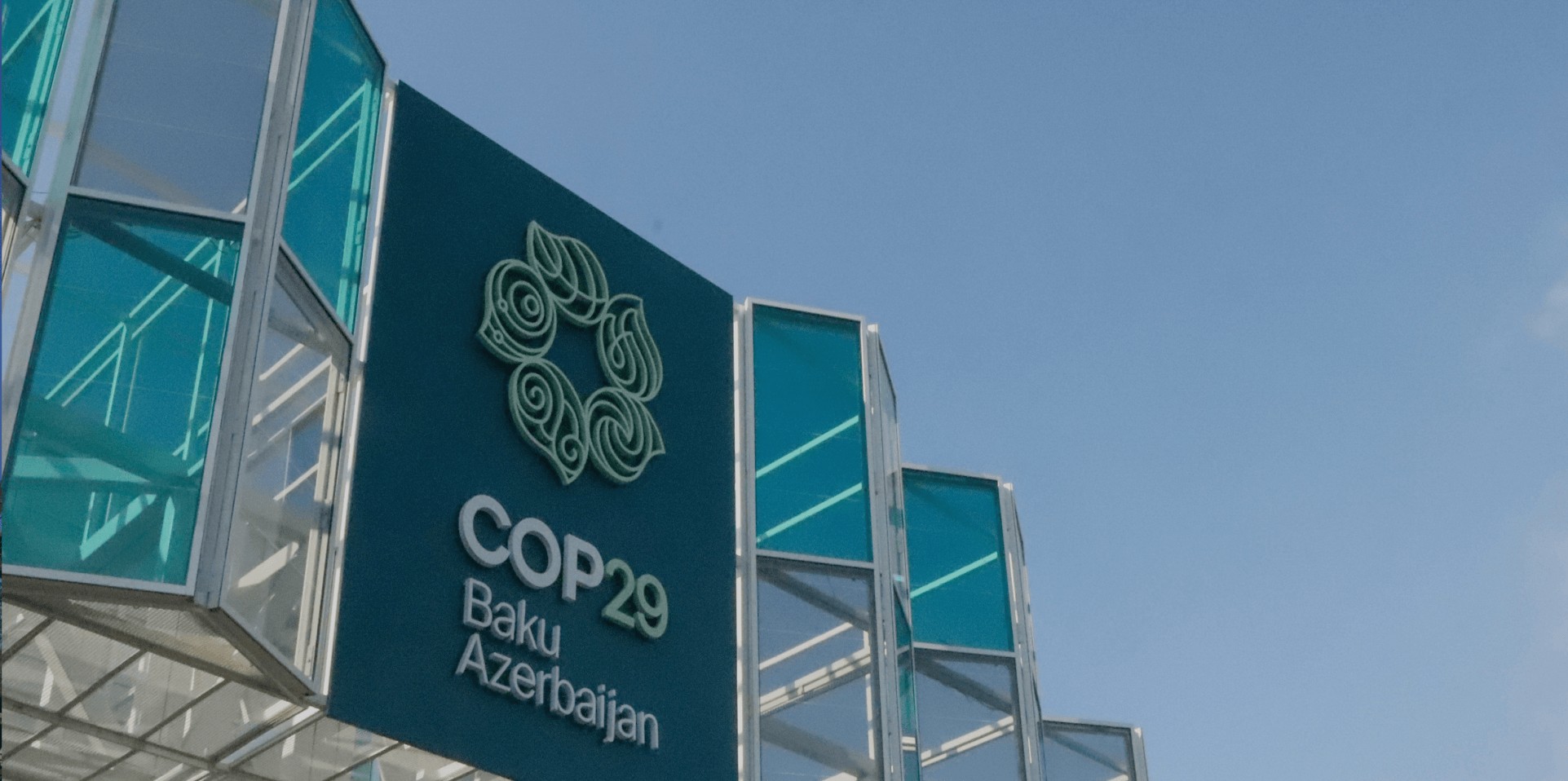
COP29 week one: Key updates and insights

Liz Bentley
25 years: Meteorologist
Breaking down the first week's finance, commitments, and emerging themes

Finance COP
This COP has been labelled the finance COP. In fact, COP29 is probably the most important summit for climate finance since countries agreed to a goal of $100 billion in contributions annually at COP15 in 2009. And at this COP that figure is expected to be in the trillions.
And so on day four at COP29, we had our first theme day - ‘finance, investment and trade’. Top of the agenda was the new collective quantified goal (NCQG), which aims to establish an enhanced climate finance goal beyond the current $100 billion annual commitment, focusing on financing needs to support the implementation of the Paris Agreement and limit the rise of global temperatures.
Countries are also expected to announce new pledges to the loss and damage fund building on the initial pledges and framework developed at COP28. The new fund seeks to make disbursements faster and more accessible to vulnerable nations facing climate-related destruction and irreversible impacts.
There may also be more details on the financing mechanism for the adaptation fund dedicated to projects that help low- and middle-income countries build resilient infrastructure.
As negotiations continue, we are unlikely to hear much in the news about these financial mechanisms until some decisions are made.
What is making the news
The World Leaders Climate Action Summit on Tuesday and Wednesday of the first week at COP29 caught the eye of the media.
The UN Secretary General, Antonio Guterres, opened the summit with a stark message ‘We are in the final countdown to limit global temperature rise to 1.5 degrees Celsius. And time is not on our side’ as he referred to 2024 that is almost certain to be the hottest year on record.
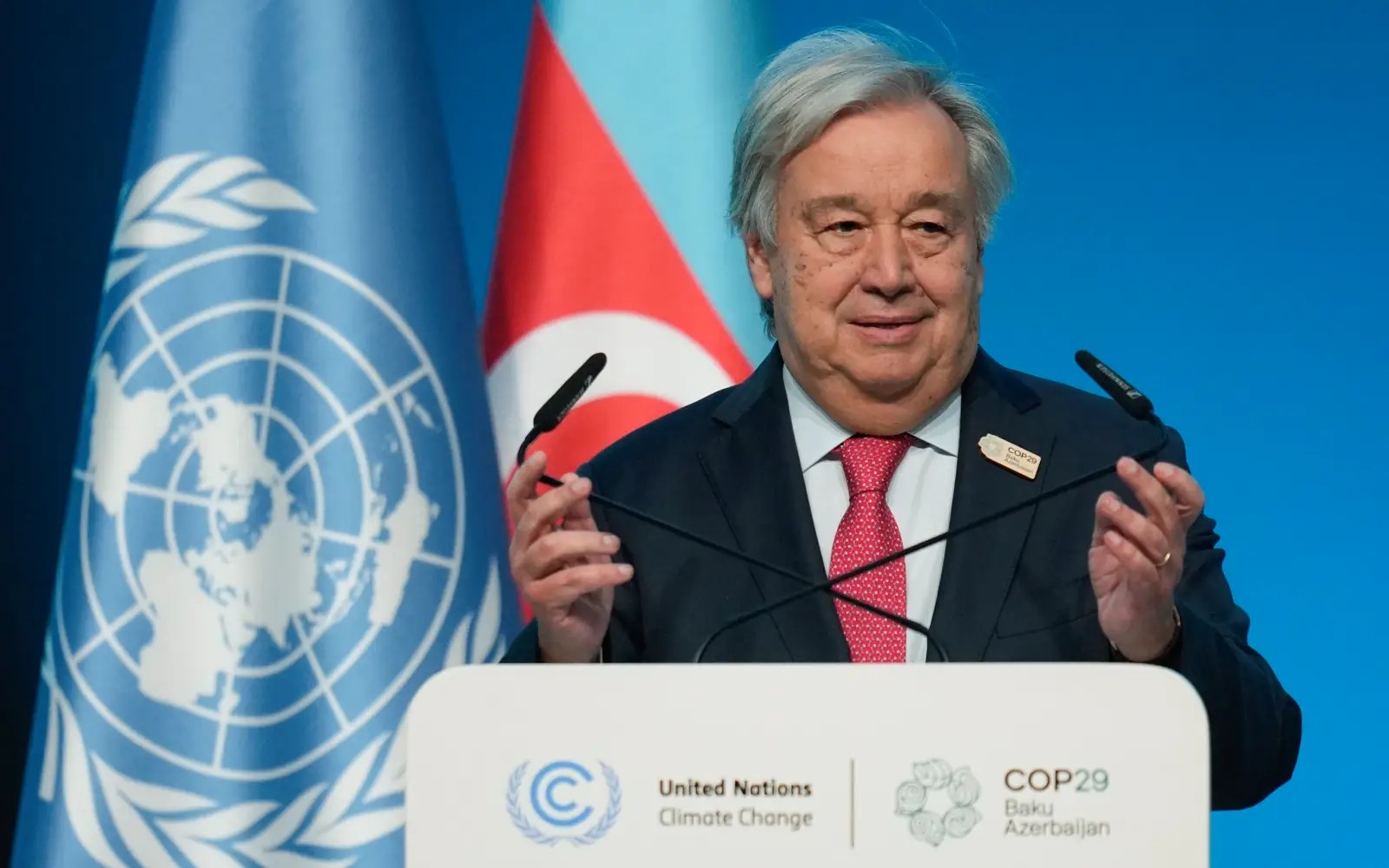
On Tuesday Keir Starmer, the UK Prime Minister, announced a bold, new climate goal for the UK at COP29 with a pledge to cut emissions by 81% by 2035, compared with 1990 levels. This target is closely aligned with the Paris Agreement. This goal was one of the first national plans on cutting carbon, known as nationally determined contributions (NDCs) or, and is expected to be one of the most ambitious of any government at this COP.
The media have also focused on the host nation, Azerbaijan, as an oil rich country and for its human rights issues, as well as Azerbaijani officials using this COP to boost investments in its country’s oil and gas companies.
There are, as usual, peaceful protests at COP. One that stood out on the finance theme day, Thursday, was a group of protesters who spelt out the message pay up in one of the stands of the Olympic stadium in Baku, the venue of COP29. This message points to the lack of money from the historical polluting nations to support the developing countries. This is the third COP in a row, where demonstrations can only take place inside the venue, unlike previous COPs such as COP26 in Glasgow, which saw marches through the city centre.
Science, technology and Innovation
The COP pavilions, or Blue Zone, are operated by the host country on a commercial basis for nations and organisations to present their programmes, launch initiatives and inform the COP but do not part of the official COP programme. Many pavilions have talks on science, technology and innovation to highlight the role of advanced technologies and collaborative research in addressing climate challenges. Major topics include leveraging digital technology for climate data accessibility, early warning systems, and sustainable management of ecosystems.
Discussions at the Forest Pavilion, for example, explored how science and technology can enhance forest finance to meet sustainability goals, highlighting forests' roles as carbon sinks and biodiversity hubs.
Examples from industry, such as the Global Cement and Concrete Association promoted the world’s first industrial sized carbon capture cement plant at Brevik, Norway at the end of 2024, which will produce net-zero cement at scale by capturing the CO2 at source and storing it underground.
Talks at the Cryosphere Pavillion, as countries prepare to announce their NDCs in 2025, highlighted the current NDCs put us on track to around 2.3 degrees Celsius of warming, warmer oceans absorb less CO2, and that we are probably already committed to 3m rise in sea level, but the rate could be slowed down over a longer period of time under a low emissions scenario. The key message was for science-based climate action and policy by understanding earth’s response to the cryosphere.
We look ahead to day 6 at COP29, on Saturday, which is science, technology and innovation day. We’ve already heard a lot about the role artificial intelligence (AI) has to play in advancing climate action, especially through predictive technologies and data analysis for more effective climate interventions. So expect to hear more about this.
This piece was originally published on the RMetS website.

Liz Bentley
Share "COP29 week one: Key updates and insights" on
Latest Insights

Lights in the fog: Positive signals for sustainability investment
2nd October 2025 • Henry White












